Your Cart is Empty
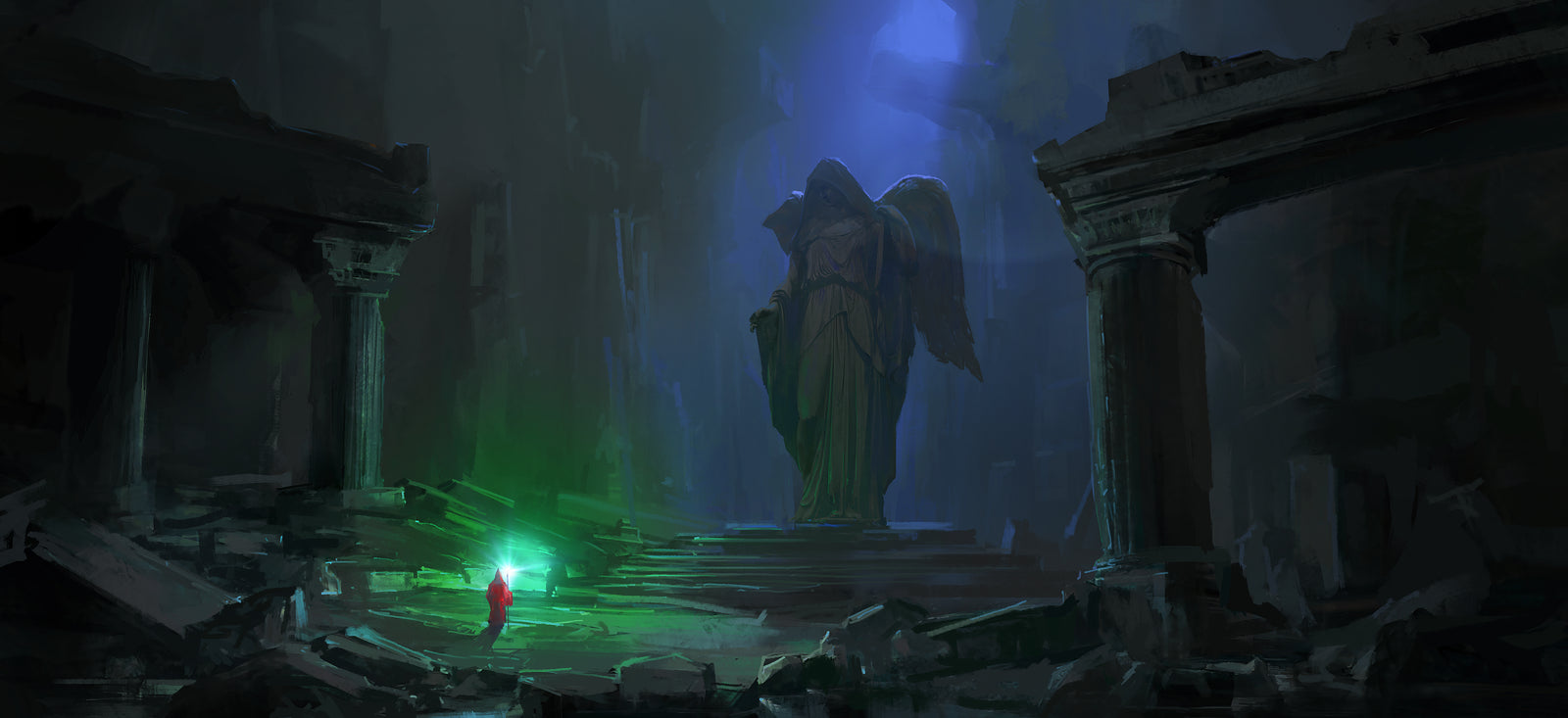
How To Use The Open Game License (OGL)
October 16, 2020 10 min read
Welcome to this primer on how to publish D&D material as a third-party writer while remaining lawful good. I hope I can help clarify some of this and make it much less painful, scary, and off-putting.
In this article, we'll talk about how to publish D&D adventures legally with the Open Game License (OGL) 1.0a and 5E Systems Reference Document (SRD).
I’m focusing on those who want to publish 100% independent, third-party stuff for this primer. Just be forewarned that these rules don't apply to publishing on DMs Guild.
Disclaimer: I'm not a lawyer or anything official like that, so please know all of the following is not legal advice. You should absolutely consult with a lawyer if you have any questions, and you should not take this article as evergreen — laws can and do change, so make sure you do your due diligence if you have any doubts.
So! To start, all the third-party D&D material you publish must be OGL-compliant, meaning it only uses game material that's been released under the Open Game License (OGL). It also has to follow the rules set out in the OGL.
Already confused? Me too. I'm about to explain everything, so keep scrolling for the info drop.
A quick note, I made a glossary of key terms at the end of this article. Refer to it if you get acronymed out of your mind — happens to the best of us.
Now, let the explanations begin!
The Open Game Licenseis a short contract Wizards of the Coast created. It contains 15 provisions that explain the rules surrounding what D&D material you can use in your published work.
When you publish third-party D&D material, you must include a copy of the OGL in it, plus a few other things you add to the “legal stuff” page of your document (more on that later). You have to do this and abide by the rules in the OGL even if you publish something entirely free of cost.
You should absolutely read the Open Game License — it’s short. You can find a copy of it as the first page of the 5E Systems Reference Document (I'll explain what that is in a moment).
Next, let’s go into what Open Game Content (OGC) is. OGC is a "body of work" that many creators have contributed to over time. It's the open-source world of D&D material. Anything in the OGC is free to use as long as you properly credit and cite the original publisher and abide by the OGL’s rules.
An example of Open Game Content you can use in your writing is the all-important 5E Systems Reference Document (5E SRD). The 5E SRD is a subset of D&D rules that Wizards of the Coast has given anyone permission to use for free under the OGL.
The 5E SRD is the most important Open Game Content, in fact, since it's the core rules of D&D that would otherwise be WotC's sole copyright to use. With the 5E SRD, WotC is letting us use the backbone of D&D totally for free under the Open Game License. It’s an awesome resource!
Note that while WotC has been very generous with what they included in the 5E SRD, they did NOT include permission to use their trademarks. That includes the words "Dungeons & Dragons," "D&D," or "Dungeon Master." In an update as of late 2022, WotC has now trademarked the phrase "The world's greatest roleplaying game." So that's why you often see people saying "Game Master," "5E," or "the world's most popular role-playing game" on third-party material instead.
If you look at the 5E SRD closely, you’ll find it’s missing some things from the core D&D books. Iconic monsters such as beholders aren’t in it. Spells with proper names like Mordenkainen's Magnificent Mansion aren’t in it. Even some character races, magic items, class options, and feats aren’t in it. The 5E SRD is not a carbon copy of all the material in the core D&D books.
Be careful to check what you want to use in your writing against the 5E SRD. All D&D stuff is important to look up, whether it's rules about magic item attunement, races, feats, or sub-classes of the barbarian.
The 5E SRD is awesome and expansive, but it’s not the only place you can pull material from in your writing. Some third-party D&D writers do a thing called submitting their material as Open Game Content.
To do this, they publish something original and then make a statement in the back of the publication saying they’re allowing X, Y, and Z to be used under the Open Game License. Later on, we’ll look for real-world examples of how to phrase this statement.
Just be aware that submitting material you created as Open Game Content isn't required when you publish something. It’s totally optional, but certainly appreciated.
So far so good? To recap, you have the legal contract called the Open Game License. That contract allows third-party creators to use material that is Open Game Content, meaning its creator has submitted it as open source material to the D&D universe. The 5E SRD is the biggest and most important body of Open Game Content, but there are other creators who have written D&D material and have submitted it to be used by others, too.
Now, be aware that any D&D material you use outside of OGC stuff has to be something you created that isn’t riffing on someone else’s copyright. So don't slap extra eyes on someone's bird beast and call it a "googly-eyed bird beast."
When I say “copyright," I mean material that is considered Product Identity — proper names, custom monsters, storylines, and more. The creator owns and has the sole right to use that material.
The creator owns that material because they wrote it; they don’t have to apply for any legal documentation, publish it, mail it to themself in a dated envelope, or pay anyone. Under copyright law, creators own their material the second they create it, and nobody else can use it without their permission.
So what falls under the umbrella of Product Identity? Well, a ton of stuff, actually. Everything in a product that isn’t Open Game Content is Product Identity. Because of that, declaring your Product Identity in the legal section of your publication is actually optional! It's considered to be "everything else" in your work that isn't Open Game Content. But many creators (including myself) still declare our Product Identity just to be clear.
Be aware that Product Identity isn't just original names, places, monsters, storylines, etc. — it's also trade dress (the "look and feel" of the published work), logos, and even special words and phrases.
Join The Arcane Library's newsletter for a free 1st-level adventure, plus more articles like this one!
Now, technically, there are some ways to use copyrighted material without permission under a doctrine called fair use. But that's way outside our scope for now. You want to be at least a 12th-level publisher before you enter that dungeon.
Next, we’ll talk about the specifics of what you need to actually include in the legal section of OGL work you publish.
It’s important to know that just slapping the OGL in the back of a product isn’t enough. The OGL calls for you to do a few more things besides that. Here’s the additional stuff you need:
- According to section 2 of the OGL, you must include a statement in your work outside the body of the OGL saying that your product contains Open Game Content. This is called a Notice of Open Game Content. People usually put this just before the OGL itself in the legal section of their document.
- Outside the body of the OGL, you must also include a Designation of Open Game Content where you explain what material you are drawing from OGC sources in your work. Some publishers go somewhat broad on this, and others describe item-by-item exactly what they’re using from the OGC.
- You must include a copyright statement in section 15 of the OGL for your work.
This is a good moment to look at some real-world examples of all of this! Doing this can help you find ways to word your own legal statements.
Grab a few reputable third-party D&D publications, flip to their legal sections (usually in the back), and do the following:
- Check their Notice of Open Game Content statements.
- Check what they added to section 15 of the OGL.
- Check whether they declared their Product Identity and, if they did, what they included in it (remember, it’s optional).
- Find what, if anything, they submitted as Open Game Content (also optional). Take note of how they declared that.
- Look at how they explained what OGC they used in their Designation of Open Game Content.
You’ll find that no two publishers are identical, but many of them cover the same ground in one way or another.
Last, we’re going to go over how you want to apply all this to your own work. This will be a mixture of a recap and a reminder.
1. You must include a copy of the Open Game License in anything you publish using D&D rules. Even if the product you’re publishing is free!
2. Within section 15 of the OGL, you must create a copyright statement for yourself. For example, “Product Name, © YEAR Your Name.” You must also include citations for any other publisher’s work you used in your material. Note that the 5E SRD is already included here as “boilerplate” in the generic version of the OGL.
3. Outside the body of the OGL (but often on the same page), you must include a statement called a Notice of Open Game Content that says you are using Open Game Content in your publication. This statement should contain some verbatim language copied from section 2 of the OGL.
4. Outside the body of the OGL, you must include a statement called a Designation of Open Game Content outlining what material you’re using that is Open Game Content. This must be reasonably specific.
5. Outside the body of the OGL, state what material you’re submitting as Open Game Content. Submitting material to the OGC is optional.
6. Optionally, include a statement specifying what your Product Identity is.
Now that we’ve covered the rules for using the OGL, it’s time for a quick quiz. Don’t cheat and look at the answers early!
- You want to write a third-party D&D adventure about a beholder. Can you?
- A writer published an adventure with a malevolent dragonborn paladin named Arkhan the Cruel. You want Arkhan to appear in your adventure. Dragonborn and paladins are in the 5E SRD, so that would be fine, right?
- Kobold Press has released a few really cool monster books. In the legal section of those books, they say they’re submitting all the monsters as Open Game Content. To whom do you write asking for permission to use those monsters in your own material?
- You made up all your own material in your 5E publication, including totally unique monsters, magic items, spells, and everything else. So you don't need to cite the 5E SRD in your OGL, right?
Quiz Answers:
- No, a beholder isn’t a monster included in the 5E SRD. You can’t use ‘em. Tempting as it is, don’t invent a monster that is super similar to a beholder just to get around this rule, either — that’s about as risky as hugging a gelatinous cube!
- No again! Hahahaha! I feel so malicious. Anyway, even though dragonborn and paladins are in the 5E SRD, Arkhan is a unique character with a storyline — two things that are considered Product Identity. You wouldn’t be able to use Arkhan specifically without express permission from the writer, although a generic dragonborn paladin would be fine. This was a setup!
- NOBODY! The monsters are Open Game Content, so all you have to do is include a mention of Kobold Press’s work and copyright in section 15 of the OGL in the back of your adventure. You’ll also need to mention that you’re using their material in your Open Game Content Declaration.
- NOOOOOOOOOOO! You used the basic game rules of D&D in your material, or else it’s not D&D. So you still must have a citation for the 5E SRD in section 15 of the OGL. It’s the one piece of OGC that everyone uses, every single time.
Hopefully you passed that quiz with flying colors. If not, you can retake it, and a hint is that the answer to every question is “no.” I have a terrible sense of humor, by the way!
All that aside, the OGL and its glorious gifts are much more about what you can do rather than what you can’t. It’s an amazing resource that allows you to write original D&D material that is completely your own to do with as you please.
This concludes our primer on how to use the OGL, OGC, and 5E SRD to publish third-party D&D material. Thanks for reading!
Glossary:
Open Game License (OGL): The legal contract Wizards of the Coast made that defines how you can use D&D material that has been submitted by its creators as Open Game Content (see below). You MUST include a copy of the OGL in any material you publish that uses D&D rules, and you must add a copyright statement for yourself in section 15.
You are only allowed to alter section 15 of the OGL to add citations for work. You can’t mess with any other parts of it.
Open Game Content (OGC): An open-source body of D&D material that anyone can use without having to pay a license fee, royalty, or otherwise. Any creator can state that they are submitting some or all of their published work as Open Game Content, which means any other creator can use it for free under the rules of the Open Game License (see above).
You are not required to make any of your original work Open Game Content; it’s optional.
Notice of Open Game Content: The required statement in the legal section of your product saying you are using Open Game Content in your work. You must quote the required statement from section 2 of the OGL, which is something along the lines of: “Open Game Content may only be Used under and in terms of the Open Game License version 1.0a.”
Designation of Open Game Content: The required statement in the legal section of your product describing what material you’re pulling from OGC sources. You have to be clear and specific about what OGC material you’re using.
5E Systems Reference Document (5E SRD): The most important piece of Open Game Content out there for D&D creators. It's all the core game rules for D&D that Wizards of the Coast has submitted as Open Game Content so you can use the rules of D&D to make third-party material.
Product Identity (PI): Original material that belongs to its creator. It identifies your brand and includes things such as proper names and places, original monsters, logos, trade dress, and other elements of a published work that are not drawn from Open Game Content. You do not have to state what material of yours is Product Identity (it’s assumed to be everything that isn’t OGC content), but some publishers do so just to be extra clear.
Header art by Liu Zishan / shutterstock.com
Also in Arcane Articles
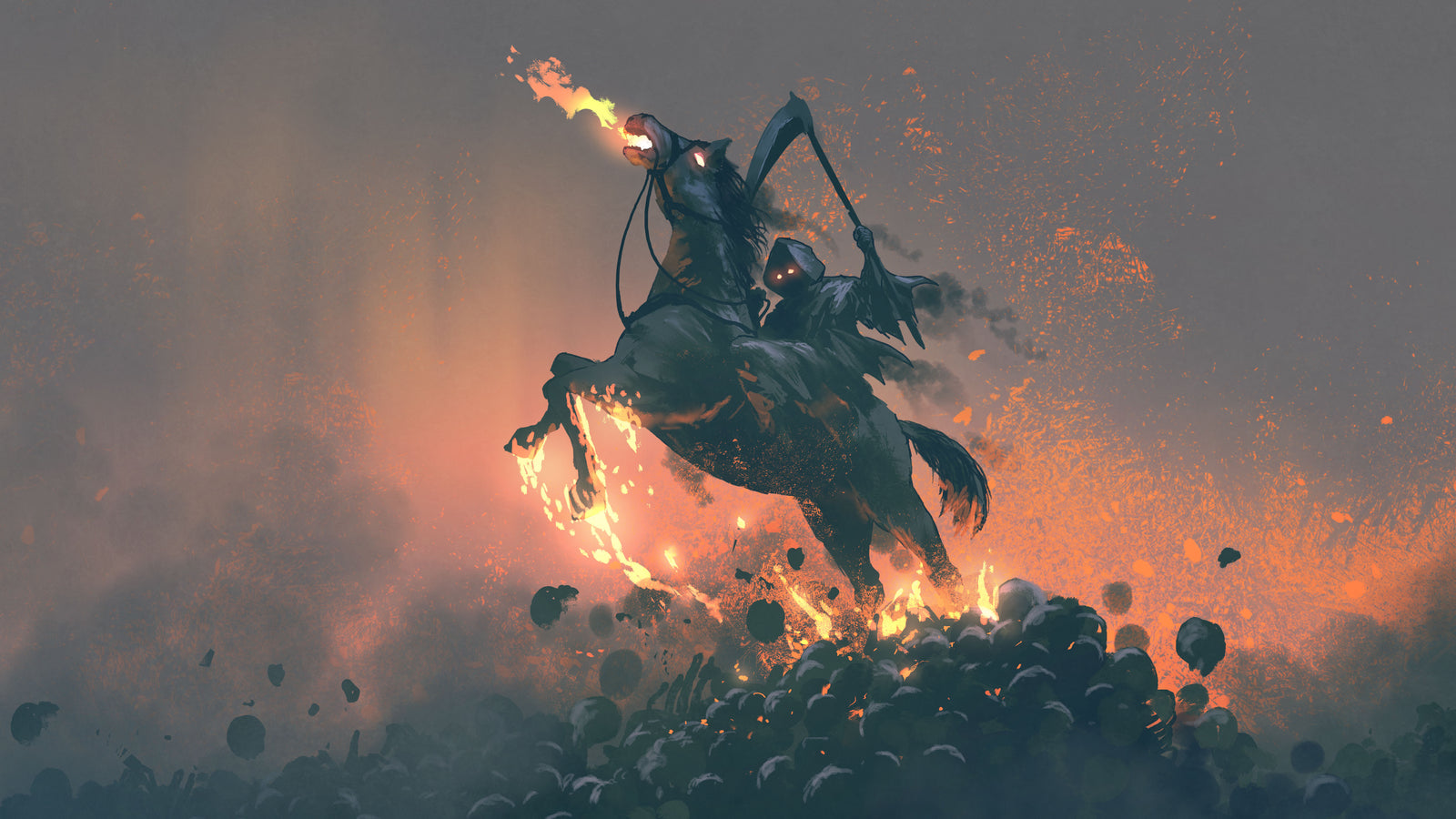
How To Design Exciting D&D Encounters
November 08, 2022 6 min read
Encounters are one of the most important parts of Dungeons & Dragons. So how do we make sure we're designing good ones?
Read More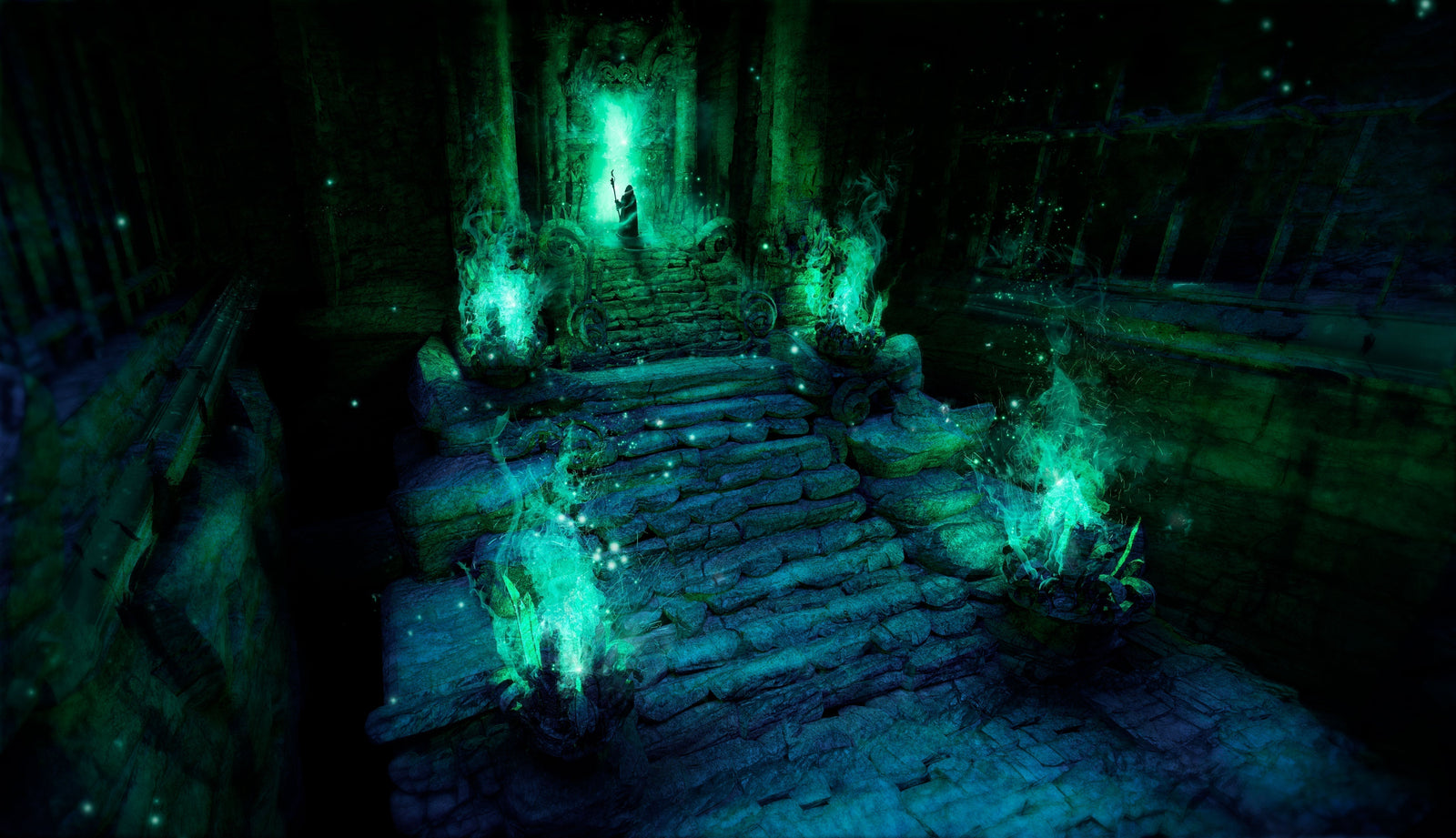
How to Write A D&D Adventure: The Complete Guide
October 21, 2021 14 min read 6 Comments
So you want to write a 5E D&D adventure? Read on for the step-by-step process I've developed over the years for writing an action-packed D&D adventure with as little friction as possible.
Read More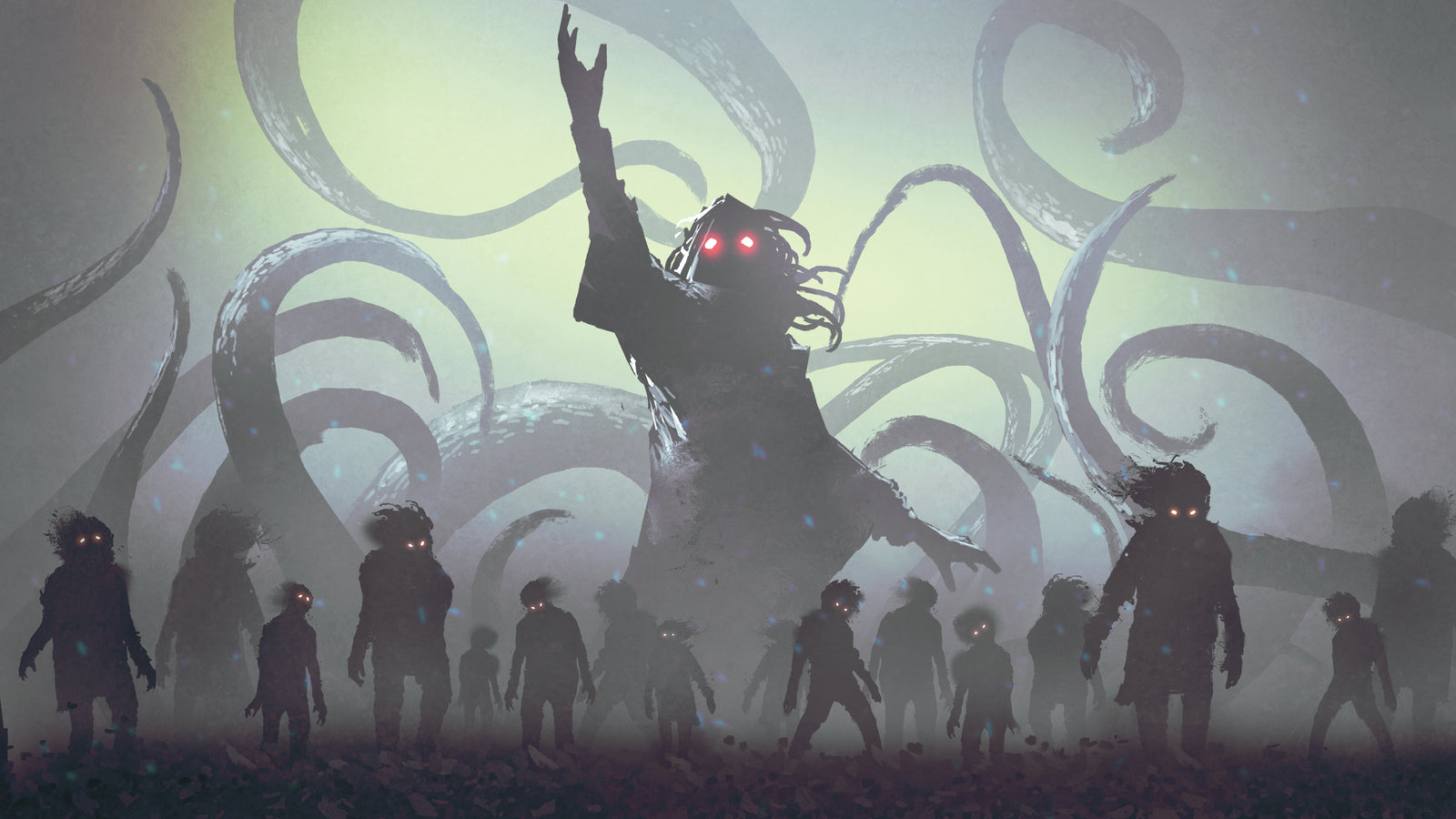
Imagine First, Design Second
May 05, 2021 4 min read 7 Comments
Sometimes, I write a dud. Here's the story of how I recently wrote an adventure that went nowhere, and how I managed to learn something useful from the whole experience in the end.
Read More